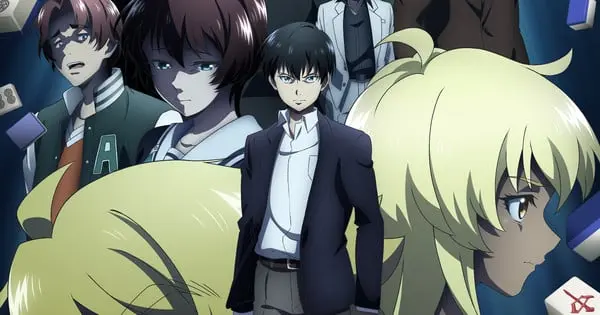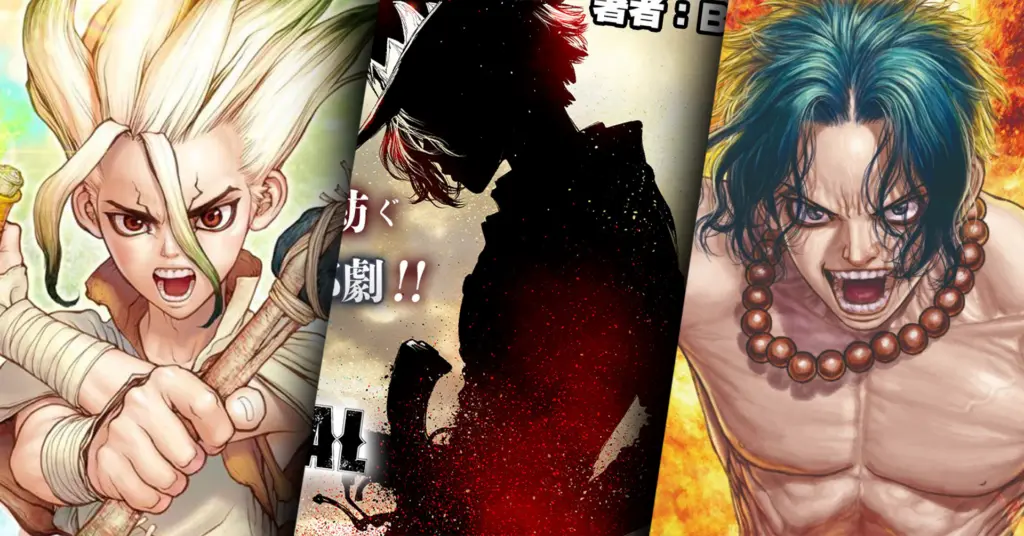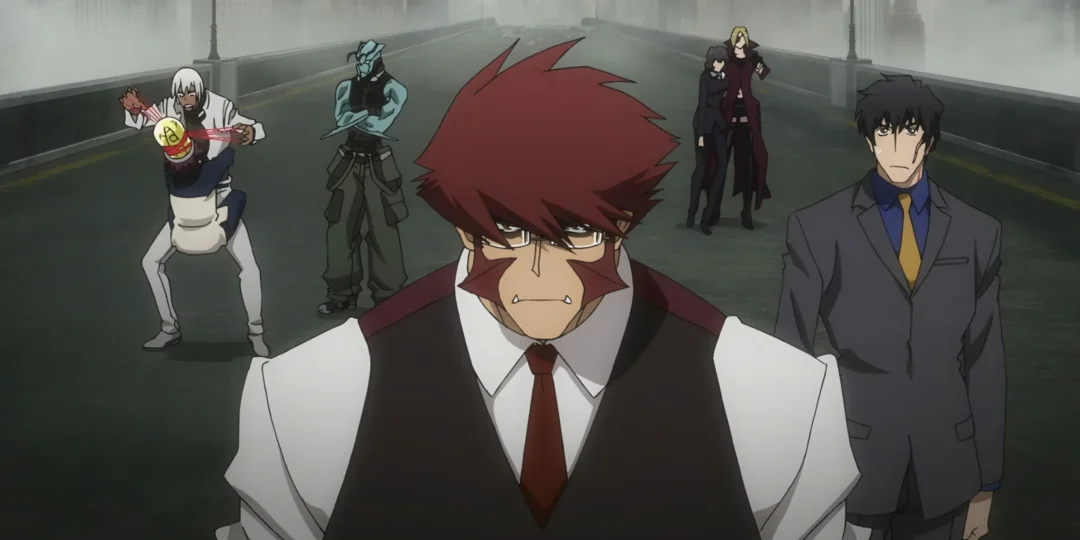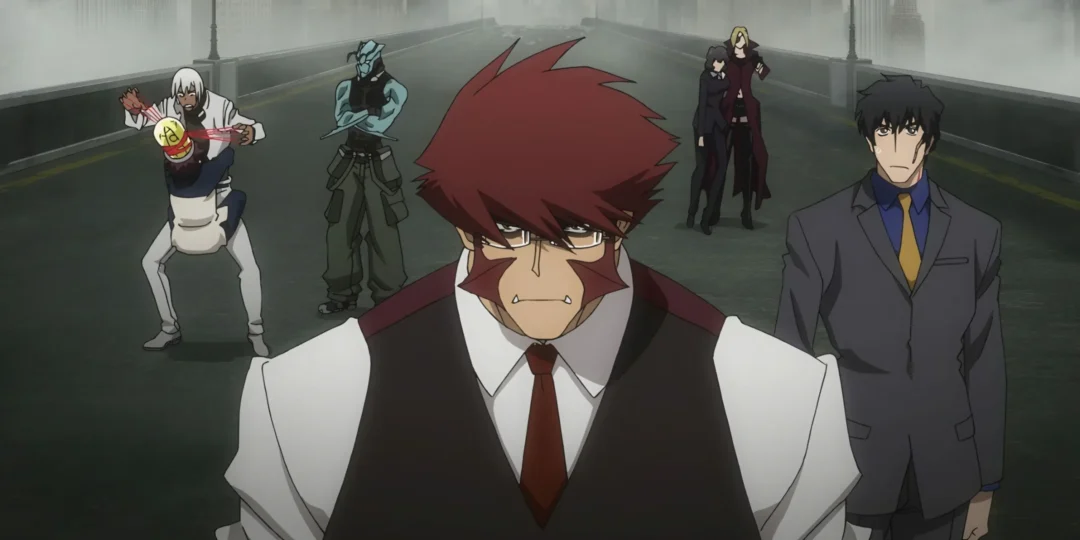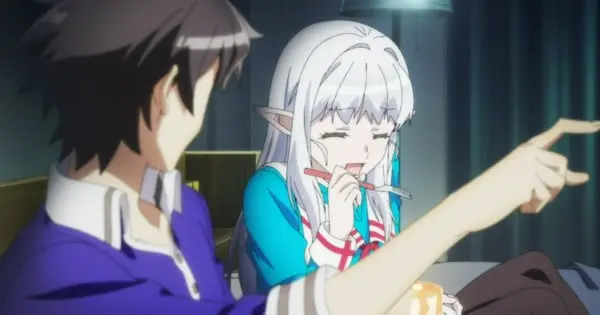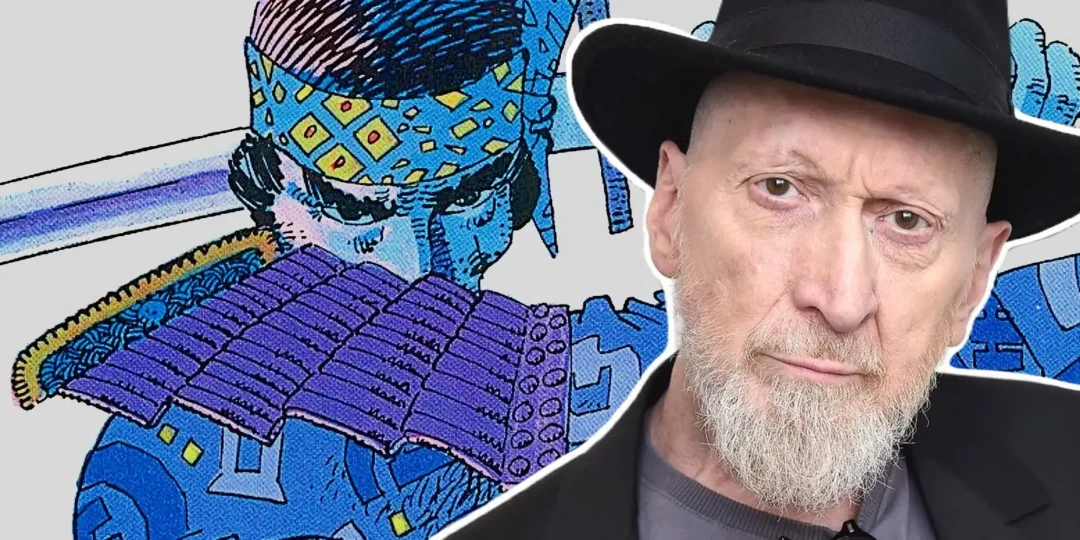Frank Miller’s Ronin, a gritty, cyberpunk infused tale of a disgraced samurai warrior battling a demonic entity in a futuristic New York City, stands as a landmark in American comic book history. But the seeds of this dark, kinetic masterpiece were sown in the pages of another epic, a sprawling Japanese manga series: Lone Wolf and Cub. This article delves into the fascinating relationship between these two seminal works, exploring how the samurai saga of Itto Ogami and his son Daigoro influenced Miller’s iconic creation.
The Epic Scope of ‘Lone Wolf and Cub’
Lone Wolf and Cub, written by Kazuo Koike and illustrated by Goseki Kojima, is a sprawling, meticulously researched historical drama set in feudal Japan. It follows Itto Ogami, the former Kogeki Kaishakunin (Shogun’s executioner), who is framed for treason by the shadowy Yagyu clan. Branded a traitor and forced into exile, Ogami embarks on a path of vengeance as an assassin, with his young son Daigoro in tow. Their travels across Japan form the core of the story, a brutal odyssey of blood, honor, and survival.
The series is renowned for its deeply researched portrayal of the Edo period. The intricate details, from the architecture of the villages to the fighting techniques of various schools of kenjutsu, paint a vivid picture of feudal Japan. This commitment to authenticity and the sprawling nature of the narrative, which spans hundreds of chapters, made it a landmark in manga. Lone Wolf and Cub is a story that not only explores violence but also the deep relationship between father and son in a ruthless world.
Thematic Parallels: Revenge, Honor, and the Burden of Legacy
One of the most significant points of connection between Lone Wolf and Cub and Ronin is the theme of revenge. Itto Ogami seeks retribution against the Yagyu clan who destroyed his life, while the Ronin, having been betrayed by his master and forced to wait centuries for a chance at vengeance, is similarly driven by a need to settle an old score. This powerful and timeless theme resonates throughout both works, providing the driving force behind the characters’ actions.
Both series delve into the concept of honor, but not necessarily the romanticized version. Ogami adheres to the strict bushido code, even as he lives outside of the law. The Ronin, a warrior of the past thrust into the future, is similarly bound by his code, a stark contrast with the cyberpunk world he inhabits. They both must constantly navigate the complex moral landscape while adhering to their own internal principles.
The burden of legacy is another shared theme. Daigoro, though still a child, is thrust into a violent world and forced to endure hardships as his father’s companion. The Ronin in Miller’s work grapples with the legacy of his past, carrying the weight of his history and the expectations of his long-dead master. Both stories show how the past can influence the present and how the characters cope with these inherited responsibilities.
Visual and Narrative Influences
The influence of Lone Wolf and Cub on Ronin extends beyond thematic parallels. Miller’s visual style, often characterized by dynamic action sequences and striking compositions, shows traces of Kojima’s masterful manga artwork.
Panel Layout and Action Sequences
Kojima’s innovative use of panel layouts in Lone Wolf and Cub – the way he divides the page to heighten the drama, showcase the movement, or give each scene a specific feeling – was groundbreaking. This technique, which created a powerful sense of flow and rhythm, influenced Miller’s own distinctive approach. He also used Kojima’s highly stylized action choreography. In Ronin, the action is frenetic and visceral, with bodies twisting and turning through panels, just as it was in Lone Wolf and Cub.
The Importance of Visual Storytelling
Both works are characterized by their powerful visual storytelling. Neither relies solely on dialogue or narration. They both let the images do the work. Kojima’s highly detailed backgrounds, coupled with his precise character work, helped craft a sense of space and atmosphere, allowing for a deep engagement with the reader. Miller’s stark, high-contrast art in Ronin, with its heavy use of shadows and bold lines, creates a similarly powerful atmosphere. This visual approach, learned in part from Lone Wolf and Cub, adds layers to the narrative.
The Use of Black and White
Another striking similarity between the two works is the use of black-and-white artwork. Though Lone Wolf and Cub was originally printed in black and white due to its medium, and Ronin was intentionally done that way to create its unique look, this choice highlights the raw, uncompromising nature of both stories. The lack of color intensifies the drama, lending a sense of timelessness and grit to the narrative. Miller’s use of heavy blacks and bold white space mirrors the starkness of Kojima’s work, even though they both use different techniques within the limited color palette.
‘Ronin’: A Transformed Samurai Narrative
While the influence of Lone Wolf and Cub on Ronin is undeniable, Miller doesn’t merely copy his source material. He transforms it. Miller takes the basic framework of a wandering warrior and throws it into a blender with elements of cyberpunk, American comics, and social commentary. The result is something entirely unique.
A Futuristic Setting
The most significant difference is the setting. Miller transplants the samurai figure from the feudal past into a dystopian future. This creates a compelling juxtaposition. The ancient codes of honor are thrown against the backdrop of a corrupted, technologically advanced society. The Ronin becomes an anachronism, a relic of the past fighting for relevance in a world he doesn’t understand. This fusion of genres – the samurai epic with the cyberpunk dystopia – is something Miller accomplished masterfully.
American Comic Book Influences
Ronin is also heavily influenced by the American comic book tradition. Miller’s art draws inspiration from artists like Jack Kirby and Neal Adams. The storytelling style is more in line with Western comic book conventions. Whereas Lone Wolf and Cub relies on carefully constructed panels and sequences, Ronin is more dynamic and fragmented. This hybrid approach distinguishes Ronin from the more traditional approach of Japanese manga. It’s a unique blend that helped the series to become something new.
A Critique of American Society
In addition to all the other influences, Miller’s Ronin offers a social commentary about the United States. The futuristic setting is a reflection of the fears and anxieties of the 1980s, including the rise of technology, corporate control, and urban decay. The story doesn’t shy away from tackling these themes head-on, adding a layer of social consciousness that elevates the narrative beyond the usual action story. By using the samurai figure as a lens, Miller offers a critique of American values and a warning about the dangers of unchecked technological advancement.
Conclusion: A Dialogue Across Cultures
The connection between Lone Wolf and Cub and Ronin exemplifies how artistic influence can transcend cultural boundaries. Miller didn’t merely imitate Kojima and Koike’s work. He engaged with it, absorbed its lessons, and then reinterpreted it in his own unique way. Ronin stands as a testament to how a great story can inspire another, and how ideas can be re-contextualized. This is how artists help us see our world in new ways. The samurai spirit, born in Japan, found a new life in the pages of an American comic, proving the timeless power of cross-cultural storytelling.

